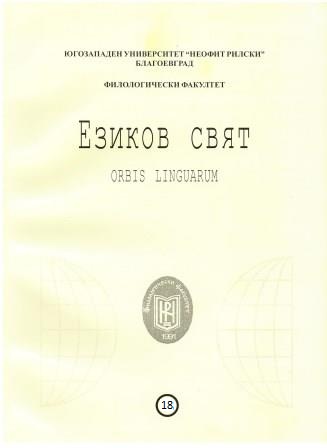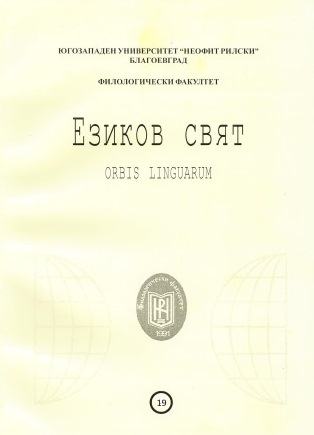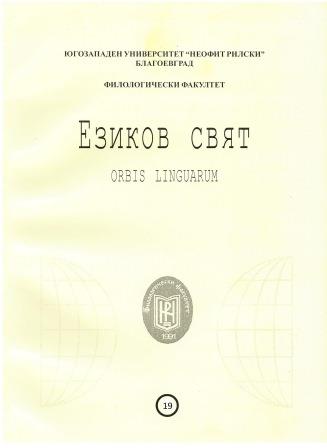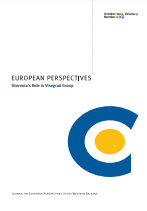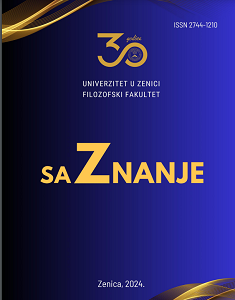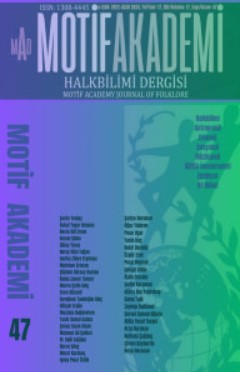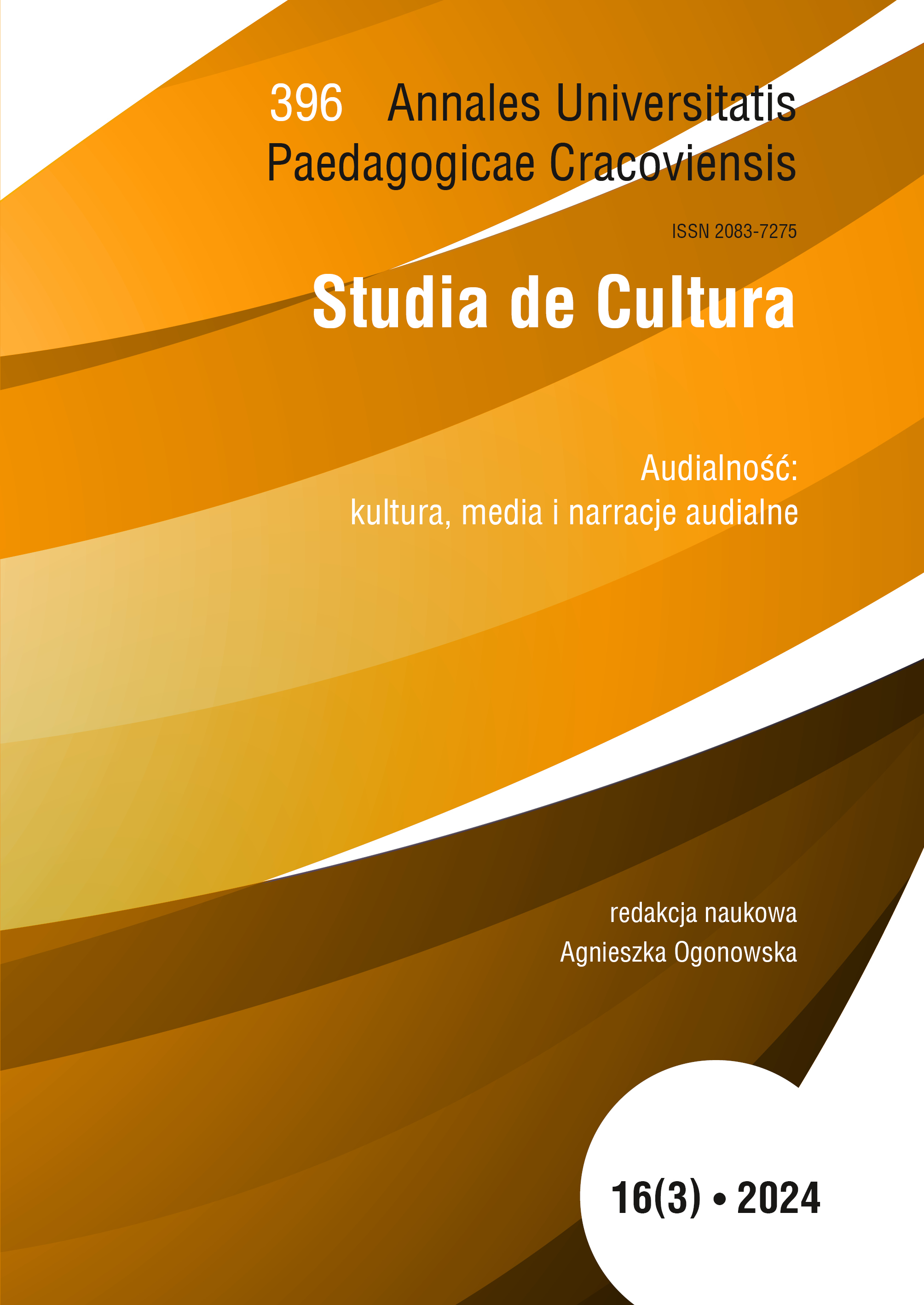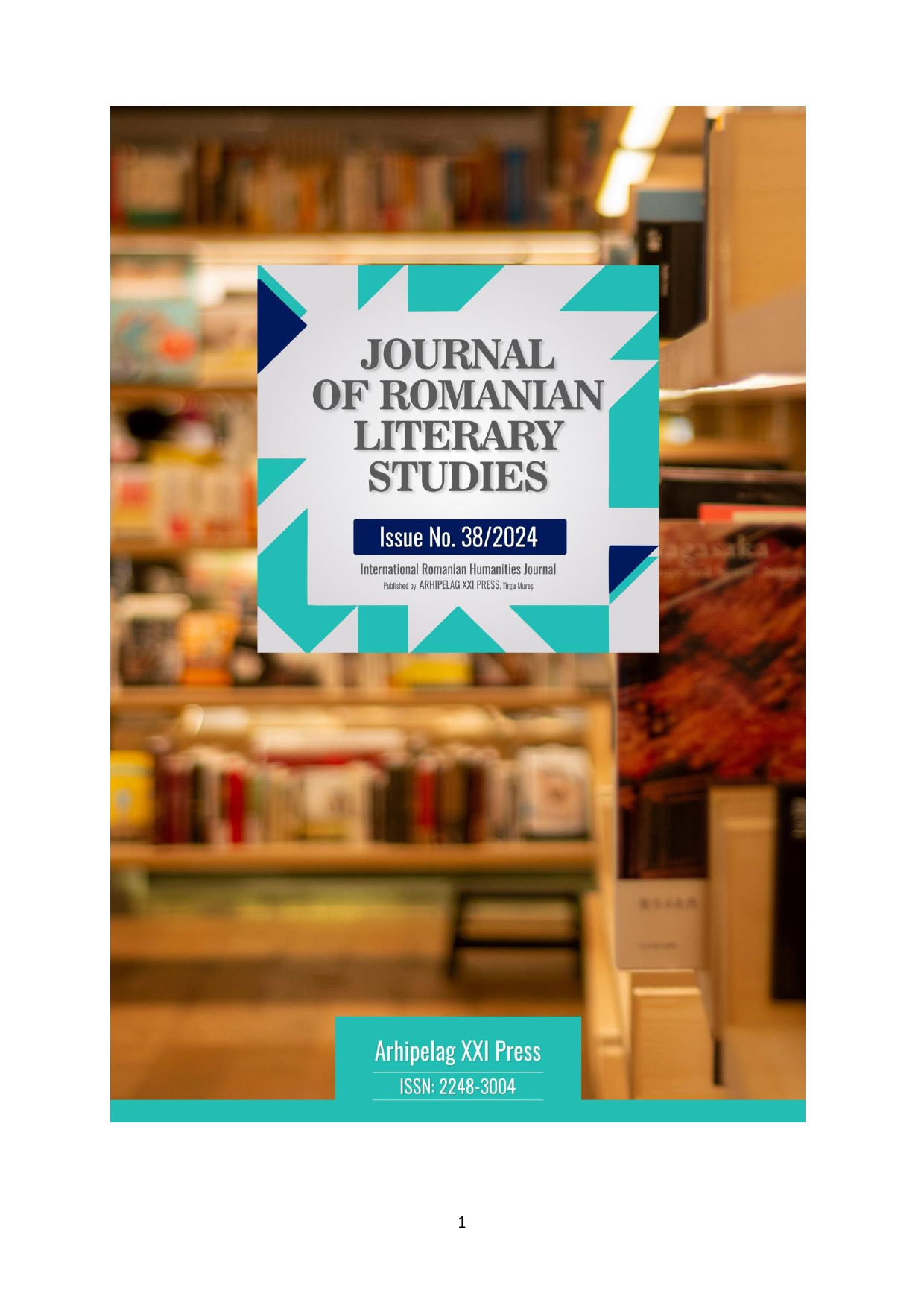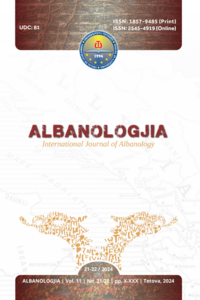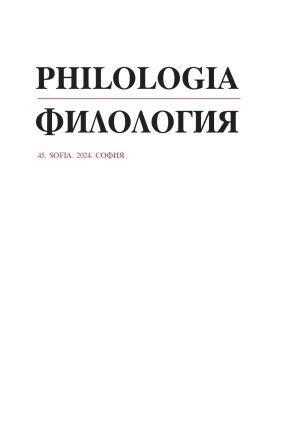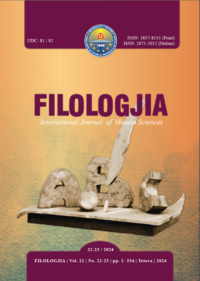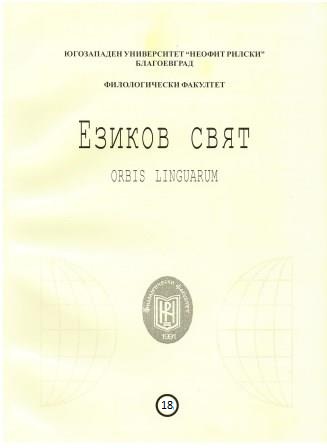
АНТРОПОМОРФНЫЙ КОД ВО ФРАЗЕОЛОГИЗМАХ С ЧИСЛОВЫМ КОМПОНЕНТОМ
The article deals with phraseological units with numeral component in the Russian, Latvian, Polish and German languages in a comparative aspect. In the phraseological units with numeral component different codes are reflected: zoomorphic, spatial, mythological, etc. The zoomorphic code is reflected in the phraseological units with zoonyms, the spatial code is associated with the "numeral" representation of a particular object (or situation) and the mythological code is associated with the symbolism of the number. A special place is taken by the anthropomorphic code, which is represented primarily by somatisms in the component structure of phraseological units. They convey anthropomorphic actions for which the semantics of the numeral is significant. The universality of the anthropomorphic code lies in the fact that in different languages there are equivalent phraseological units, as well as similar models and identical inner form, which provide the basis of the phraseological unit. A large group is formed by the phraseological units with component two encoding paired human organs (two eyes, two ears, two hands, two legs), as well as with component five (five fingers). Imagery in phraseological units with initial numbers of counting (one, two, three) is based on actualization of simplicity semantics. In the phraseological units with numeral component, imagery is often based on the use of the stylistic figures of litote or hyperbole, euphemisms, and rhymed structures. In litote components one, two, three are most often used. The numbers two and three bear hyperbolic semantics. The numeral component in phraseology has linguocultural specificity and can vary in different languages.
More...
